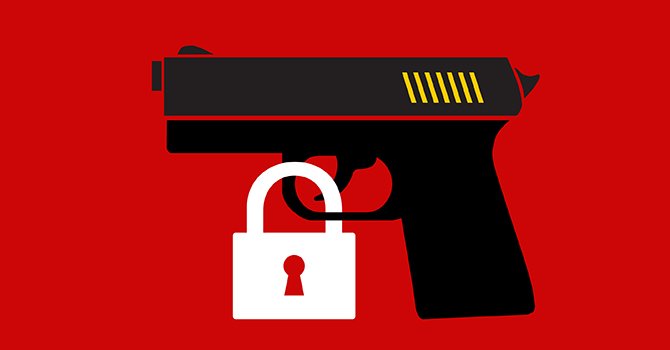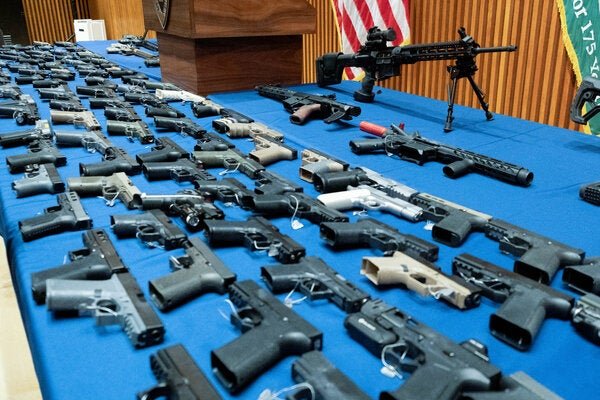By Alissa Pollitz Worden, Kaitlin Moloney, et al.
New York’s groundbreaking 2019 bail reforms aimed to curtail pretrial detention, diminish the role of finances in release decisions, and tackle racial disparities in pretrial outcomes. This study is the first to examine pretrial decision-making in New York’s under-examined Town & Village Justice Courts, addressing a knowledge gap in public understanding and serving as a companion to related research on the topic. This report was authored by DCJ’s partners at The John F. Finn Institute for Public Safety.
1. Increased Pretrial Release Under Bail Reform:
Higher percentage of Justice Court cases released without bail for misdemeanors (82% in 2018 vs. 93% in 2021) and nonviolent felonies (59% in 2018 vs. 71% in 2021).
2. Absence of Racial Disparities in Release Rates:
Release rates were similar across racial and ethnic groups throughout the study period (both pre- and post-reform).
3. No Progress Towards Affordable Bail:
Bail amounts did not become more affordable, and people did not become more likely to post bail, after the reforms went into effect (echoing prior Data Collaborative for Justice research on City and District Courts across the State).
4. Justice Courts vs. City Courts from the Same Counties:
Justice Courts released people at higher rates than City Courts both pre- and post-reform. By 2021, less than 7% of people charged with misdemeanors were detained in the Justice Courts compared to 11% in urban City Courts and 13% in small City Courts from the same counties.
Albany, NY: John F. Finn Institute for Public Safety, Inc., 2024. 41p.



















